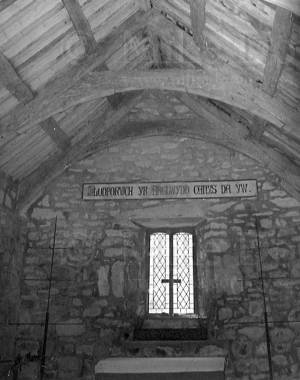D-23 Film Developer |
Story location: Home / photography / |
| 05/Mar/2002 |
D23 film developer has been around for many years. It has to be the simplest developer you can get, being composed of only two chemicals dissolved in water. As well as using it as a developer in it's own right, it can be used as part of a two bath developer.
Mixing D-23
Water @ 40°C 400ml
Metol 7.5g
Sodium Sulphite 100g
Water to 1 litre
Dissolve the chemicals in the order given. Ensure the metol is completely dissolved before adding the sodium sulphite. To avoid too much oxygen dissolving in the developer (this will reduce the shelf life), stir the mixture instead of shaking.
Normal use of D-23
Developing times for D-23 are very similar to ID-11/D-76. As a rough guide, I would increase the development time by about 10%. I would recommend the developer was used one-shot, diluted either 1+1 or 1+3 with water. Where no development times are given for diluted developer, multiply the time for 'stock' (full strength) developer by x1.4 and use the developer diluted 1+1 with water.
Two Bath Developer
Possibly the main advantage of using a two bath developer instead of a traditional single bath is the increased contrast range that the film is able to record. This means that if a scene has plenty highlight detail which needs to be captured, and also deep shadows, then it is possible to record both with a single exposure. There are a number of two bath developers available, both as commercial brews and as published recipes. The one presented here is almost certainly the simplest to prepare, and should be as good as the more complicated developers such as the various divided D-76 recipes around.
The formula as shown came from an article by Derek Watkins and was published in Darkroom User, 1997 issue 2.
Part 1:
Prepare 1 litre of D-23 as above.
Part 2:
Prepare 1 litre of a 2% w/v solution of borax (aka sodium tetraborate).
To use:
Expose the film as normal - the developer gives full film speed. Once the film is in the developing tank, pour in part 1, tap the tank to dislodge any bubbles, and invert 4 times. Then invert the tank once per minute. Most films need 4½ to 6 minutes in the first solution - more time may be given to increase the contrast. About 15 seconds before the end of first development, start to pour the developer back into the bottle, then start to pour in the borax solution. Gently invert the tank once per minute, for 4 minutes. Discard the borax solution, then stop, fix and wash as normal.
Results:
The negatives obtained from this developer have low to normal contrast and appear thinner than those obtained from most normal developers. There is plenty of shadow detail, and bright highlights don't burn out as much as usual.

This was taken on Ilford HP5+, developed for 4½ minutes in the first bath and 4 minutes in the second. The only light present came from the church windows, and the metering was left up to the camera - no spot metering or exposure compensation was used. This is a straightforward scan from the negative, and no image manipulation was used - no dodging or burning.
